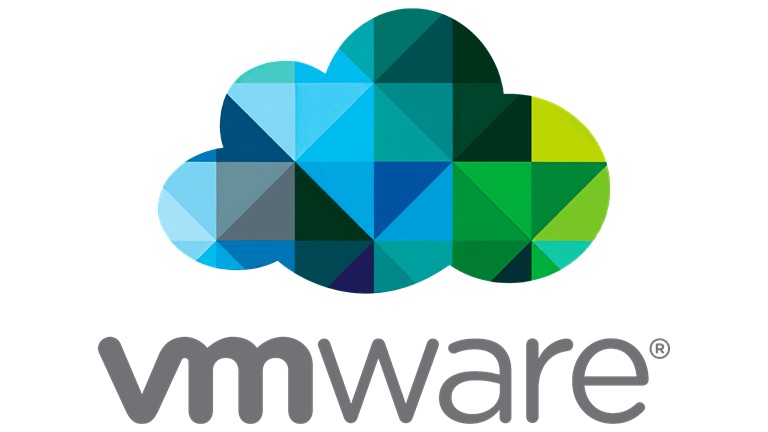Course Introduction:
- Introductions and course logistics
- Course objectives
NSX Design Concepts
- Identify design terms
- Describe framework and project methodology
- Describe the role of VMware Cloud Foundation™ in NSX design
- Identify customers’ requirements, assumptions, constraints, and risks
- Explain the conceptual design
- Explain the logical design
- Explain the physical design
NSX Architecture and Components
- Recognize the main elements in the NSX architecture
- Describe the NSX management cluster and the management plane
- Identify the functions and components of management, control, and data planes
- Describe the NSX Manager sizing options
- Recognize the justification and implication of NSX Manager cluster design decisions
- Identify the NSX management cluster design options
NSX Edge Design
- Explain the leading practices for edge design
- Describe the NSX Edge VM reference designs
- Describe the bare-metal NSX Edge reference designs
- Explain the leading practices for edge cluster design
- Explain the effect of stateful services placement
- Explain the growth patterns for edge clusters
- Identify design considerations when using L2 bridging services
NSX Logical Switching Design
- Describe concepts and terminology in logical switching
- Identify segment and transport zone design considerations
- Identify virtual switch design considerations
- Identify uplink profile and transport node profile design considerations
- Identify Geneve tunneling design considerations
- Identify BUM replication mode design considerations
NSX Logical Routing Design
- Explain the function and features of logical routing
- Describe the NSX single-tier and multitier routing architectures
- Identify guidelines when selecting a routing topology
- Describe the BGP and OSPF routing protocol configuration options
- Explain gateway high availability modes of operation and failure detection mechanisms
- Identify how multitier architectures provide control over stateful service location
- Identify EVPN requirements and design considerations
- Identify VRF Lite requirements and considerations
- Identify the typical NSX scalable architectures
NSX Security Design
- Identify different security features available in NSX
- Describe the advantages of an NSX Distributed Firewall
- Describe the use of NSX Gateway Firewall as a perimeter firewall and as an intertenant firewall
- Determine a security policy methodology
- Recognise the NSX security best practices
NSX Network Services
- Identify the stateful services available in different edge cluster high availability modes
- Describe failover detection mechanisms
- Compare NSX NAT solutions
- Explain how to select DHCP and DNS services
- Compare policy-based and route-based IPSec VPN
- Describe an L2 VPN topology that can be used to interconnect data centres
- Explain the design considerations for integrating VMware NSX® Advanced Load Balancer™ with NSX
Physical Infrastructure Design
- Identify the components of a switch fabric design
- Assess Layer 2 and Layer 3 switch fabric design implications
- Review guidelines when designing top-of-rack switches
- Review options for connecting transport hosts to the switch fabric
- Describe typical designs for VMware ESXi™ compute hypervisors with two pNICs
- Describe typical designs for ESXi compute hypervisors with four or more pNICs
- Differentiate dedicated and collapsed cluster approaches to SDDC design
NSX Multilocation Design
- Explain scale considerations in an NSX multisite design
- Describe the main components of the NSX Federation architecture
- Describe the stretched networking capability in Federation
- Describe stretched security use cases in Federation
- Compare the Federation disaster recovery designs
NSX Optimisation and DPU-Based Acceleration
- Describe Geneve Offload
- Describe the benefits of Receive Side Scaling and Geneve Rx Filters
- Explain the benefits of SSL Offload
- Describe the effect of Multi-TEP, MTU size, and NIC speed on throughput
- Explain the available enhanced datapath modes and use cases
- List the key performance factors for compute nodes and NSX Edge nodes
- Describe DPU-Based Acceleration
- Define the NSX features supported by DPUs
- Describe the hardware and networking configurations supported with DPUs


